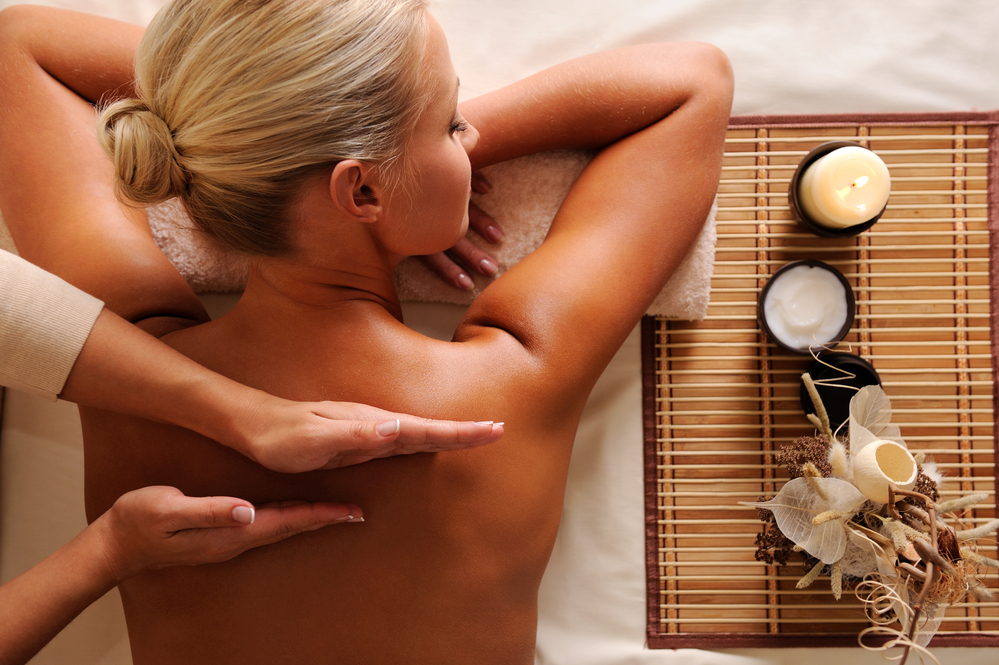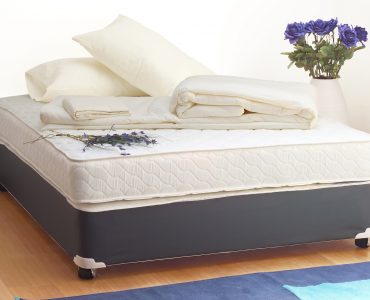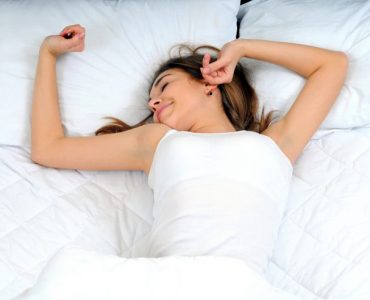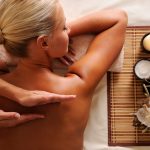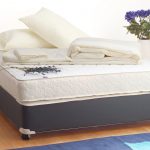Nihon Kaifuku Anma or simply “anma” is the traditional Japanese method of massage. The term comes from the Japanese words “An” meaning “press” and “ma” meaning “rub.” The word Anma can also refer to the practitioners of nihon kaifuku anma.
Anma came to Japan through China and Korea, and may have originated in India. It has been a traditional medical practice and beauty treatment in Japan for at least 1300 years.
Anma is performed through clothes, with no oils or lotions. Usually, the recipient is seated or laying down on the floor or a low mattress. Anma sessions last between 30 and 90 minutes, with the shorter sessions used for addressing specific issues and longer sessions addressing the holistic health.
The Anma practitioner uses nine basic techniques during a massage: keisatsu ho (light stroking), junen ho (kneading), shinsen ho (vibration), appaku ho (pressure), koda ho (percussion), kyokute ho (special percussion), undo ho (movement therapy), kyosatsu ho (rotation) and haaku ho (squeezing). These stimulate key pressure points to release tension and help align the recipient’s ki, or energy flow (chi in Chinese). In addition to addressing physical complaints, anma seeks to balance the mental state of the recipient and can be useful for depressed or anxious people.
Some anma practitioners specialise in only a few of the nine techniques. Shiatsu massage grew out of such specialisation and is now considered its own form of massage.
Anma sessions also encourage deep breathing to promote whole-body wellness. This, along with the focus on energy flow, provides the basis of anma as a whole-body therapy.


